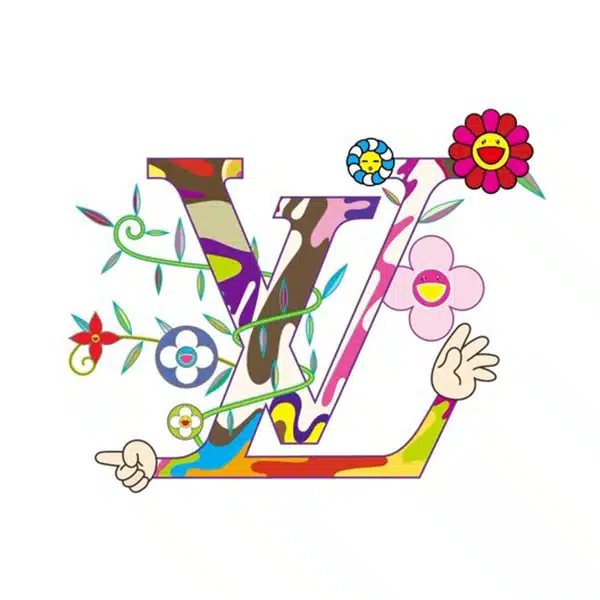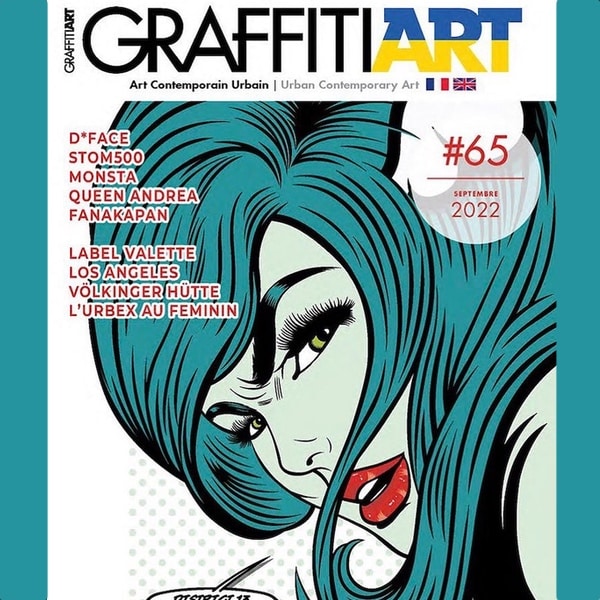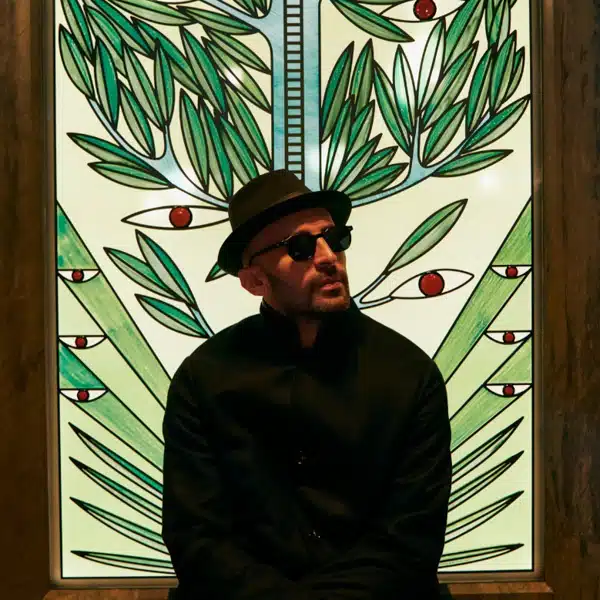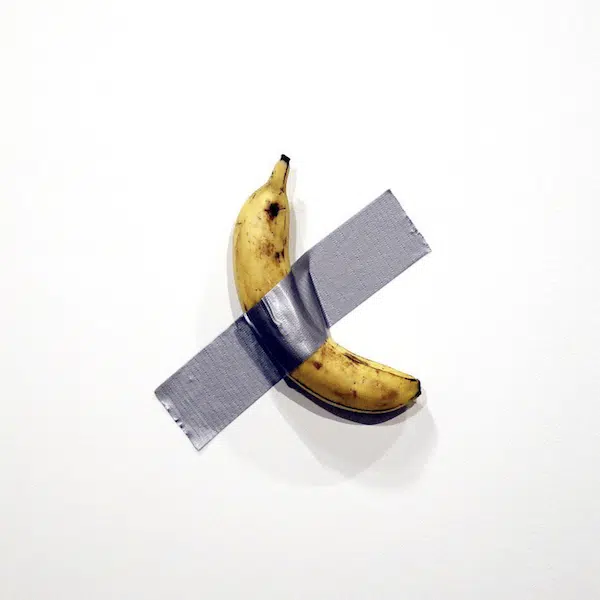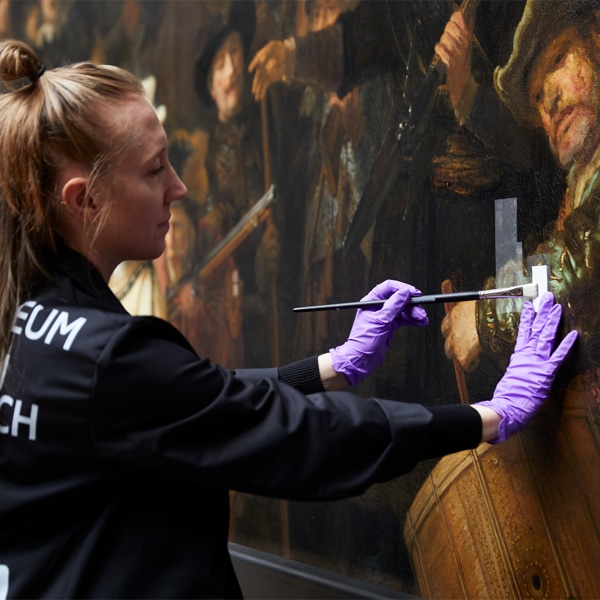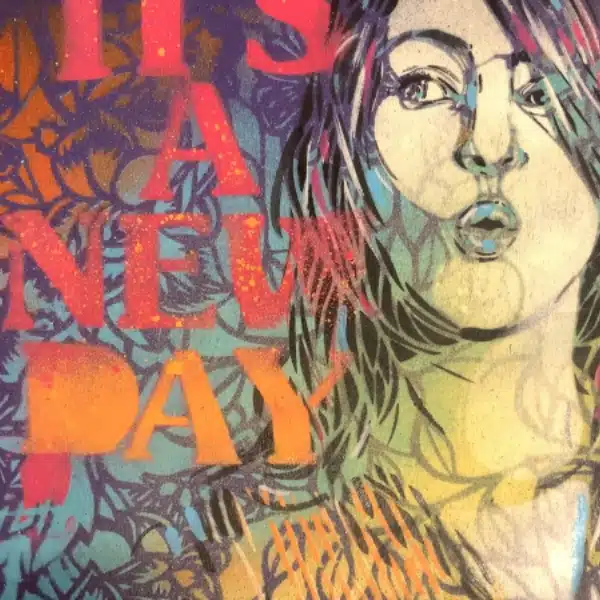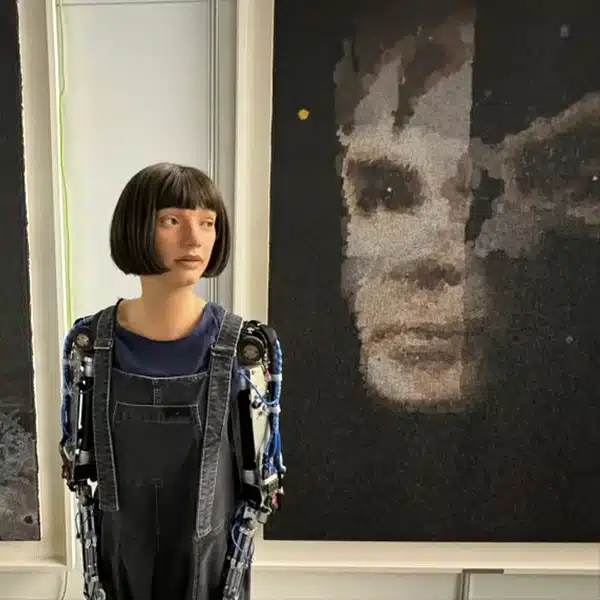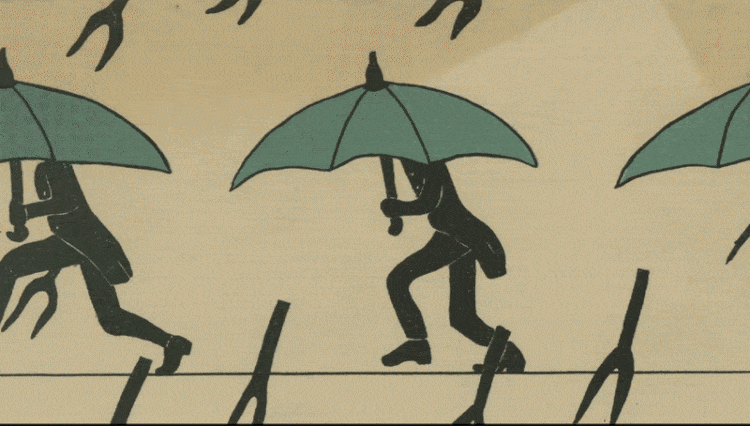
Animation has a long and rich history that's full of many innovative methods for depicting the illusion of motion. Well before the advent of motion pictures, optical toys and handmade devices were used to entertain people during the 19th century. These inventions didn’t project images on a screen. Instead, they allowed a person to view the show one at a time. The zoetrope is one of these animation devices, and its mesmerizing visual effects are still used today.
What is a zoetrope?
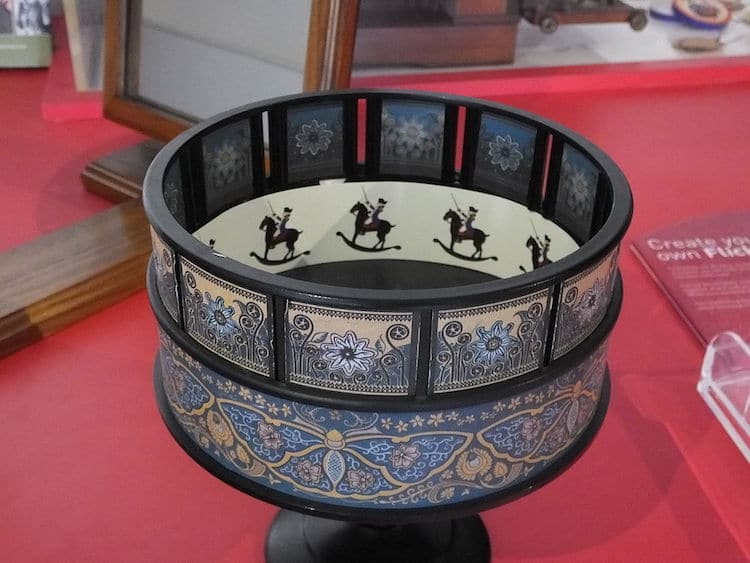
A zoetrope at Leeds Industrial Museum, CC BY-SA 3.0, via Wikimedia Commons
Long before Mickey Mouse, early pioneers of animation found creative ways to make static images appear as if they were moving. One approach was a zoetrope. A zeotrope is an early form of animation technology from the 19th century. A variation of the phénakisticope (an animation disc), the zoetrope consists of a cylinder with vertically cut lines along the sides. The inner surface of the cylinder features a row of sequential images. To see the animation in motion, the viewer must look through the slits while simultaneously spinning the zoetrope by hand. The images rotate rapidly and create the illusion of motion.
Who invented the zoetrope?

Zoetrope strip, “Dancers,” c. 1860, public domain, via Wikimedia Commons
The earliest zoetrope was invented in 1834 by a mathematician named William Horner. He called it the Daedalum, as a reference to the Greek myth of Daedalus. Horner's revolving drum had viewing slits between the pictures—instead of above, as the later zoetrope variations would have. Horner planned to publish his creation, but it was “met with some impediment, probably in the sketching of the figures.”
In 1865, William Ensign Lincoln invented his own version of Horner’s device, but with easily replaceable strips of images. He named his version “zoetrope,” deriving from the Greek words “zoe,” (“life” in English) and “tropos” (meaning “turning”). Lincoln licensed his invention to Milton Bradley and Co. who first advertised the zoetrope as a children’s toy on December 15, 1866.
Zoetropes were followed by other animation devices, including flip books, the praxinoscope, and the zoopraxiscope. The basic principles behind these early inventions led to the creation of motion pictures.
Contemporary Zoetrope Artists
Despite the fact that modern technology now allows animators to digitally create elaborate movement, there are still artists who prefer analog, handheld devices like the zoetrope.
Eric Dyer
After years of working digitally, professional animator Eric Dyer decided to go back to basics and bring his animations into the physical world. He invented his own form of the zoetrope by removing the drum and using a camera’s fast shutter speed instead of the slits. This allowed him to make experimental films from rotating 3D sculptures he called “cinetropes.”
His early works were made from paper. But since then, Dyer has moved on to creating 3D-printed cinetropes and large-scale spinners with photos printed on steel and aluminum.
Veerle Coppoolse
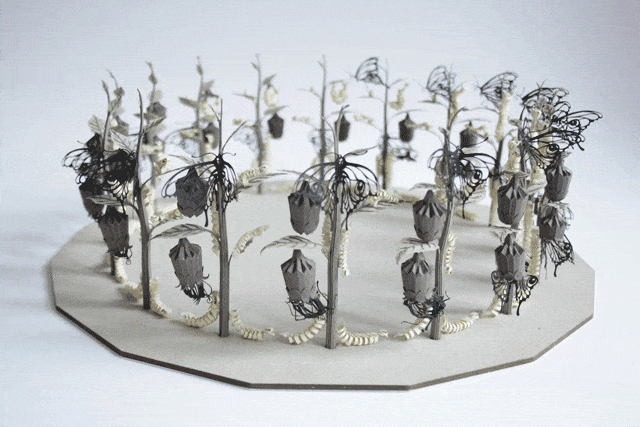
Dutch artist Veerle Coppoolse handcrafted a zoetrope built entirely from delicate paper. Titled Metamorphosis Zoetrope, it explores the life cycle of a butterfly. The incredibly detailed analog animation shows a paper caterpillar crawling into a cocoon before transforming into a butterfly.
“The process of creation of this work is a personal and artistic growth process for me, just like the growth process the zoetrope brings to life,” Coppoolse wrote on Instagram. “Every development comes forth from the one it precedes. It makes me realize that in this process of creation, as in every process in life, every phase needs its time and space to develop naturally and emerge from its cocoon.”
After launching a crowdfunding campaign, Coppoolse later transformed this paper version into a much larger, cocoon-shaped machine that spins guests around the paper elements.
Kevin Holmes
Kevin Holmes is the brains behind 4-Mation, a 3D Zoetrope machine. Each “strip” featured 3D-printed motifs that have been painted by hand. Holmes uses animation software to map out the element's movements, allowing him to know exactly where each piece needs to be placed on the carousel. When the carousel spins at the right speed and the elements are lit with a strobe light, the animations come to life. So far, Holmes has made many playful, nature-inspired animations, including Fish eating Fish and Jumping Frogs.
Akinori Goto
Japanese artist Akinori Goto works with a range of media to explore how modern technology can be merged with old animation techniques. He designed a 3D-printed zoetrope, titled toki-, that when lit from the side reveals multiple figures walking in motion. The piece was on view at the 2016 Spiral Independent Creators Festival where it won both the Runner-up Grand Prix and the Audience Award. Since then, Goto has created many other zoetropes using the same technique, including one that captures the mesmerizing movements of ballet dancers.
Related Articles:
5 Pioneers of Early Animation Who Influenced the Future of Film
8 Charming Stop Motion Animations That Bring Inanimate Objects to Life
Technicolor: The Vibrant History of Hollywood’s Early Introduction to Color Films
This Amazing Anime Flipbook Is So Long It Should Be Its Own Show











































































